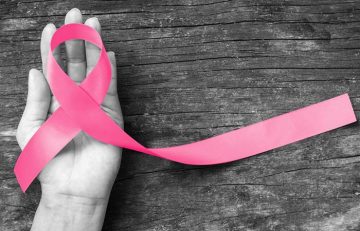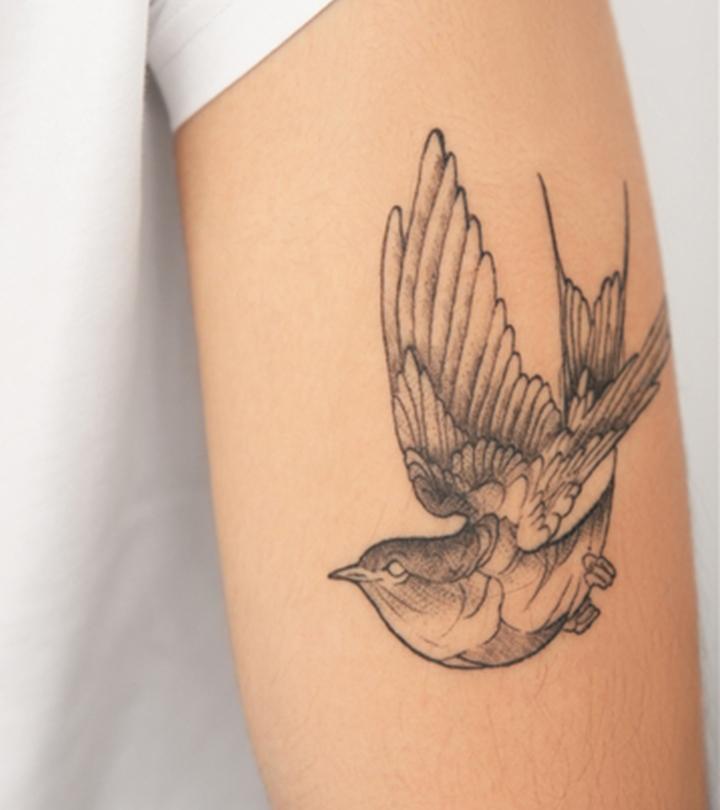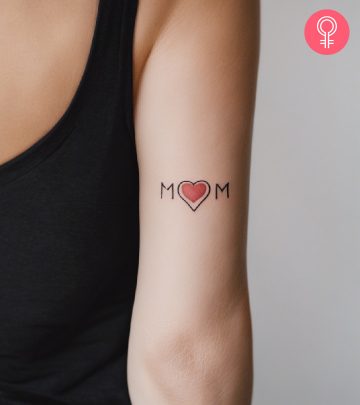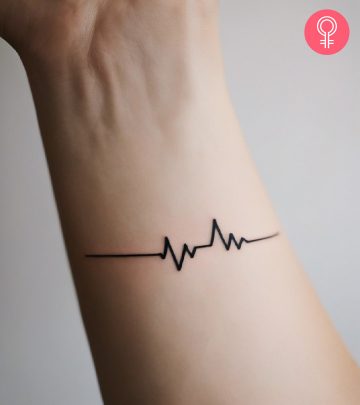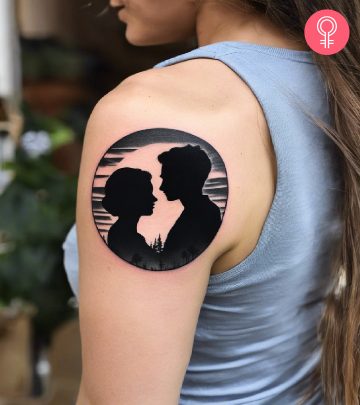Breast Cancer Awareness Month 2020: Everything You Need To Know About Early Detection And Preventive Measures
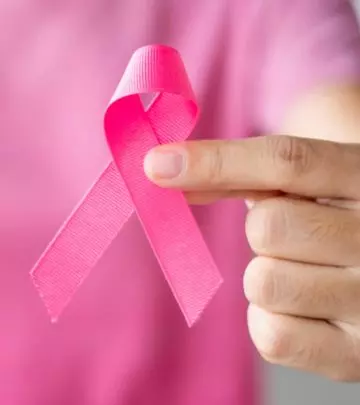
Image: Shutterstock
Did you know that for every two women diagnosed with breast cancer, one succumbs to the illness in the country? In India, breast cancer is the most commonly diagnosed form of cancer, and in the year 2016 it accounted for nearly 10% of all cancer diagnoses that year. There are a lot of risk factors involved when it comes to breast cancer. So let’s take a look at the risk factors, preventive measures, and corrective actions you or someone close to you who might be at high risk for breast cancer can read up on (1):
Risk Factors
There are some risk factors that you can’t really change or alter. Certain risk factors like age (women above 50 are more likely to get diagnosed), and genetic mutations are important when it comes to preventive measures. If you have a first-degree relative like a mother, sister, father (which is rare), or even daughter who might have had breast cancer, you could be at risk of getting it yourself. Women who have dense breast tissue are also more likely to be at high risk as it is more difficult to detect tumors in dense breast tissues versus fatty breast tissue (2).
Women who have had breast cancer in the past are also at high risk of having a relapse after treatment. Those who have the recessive BRCA1 and BRCA2 gene are more likely to be at risk for the disease as well. These genes usually get passed down through your mother. Angelina Jolie had made headlines after she decided to have preventive and reconstructive surgery. Angelina underwent a preventative mastectomy and oophorectomy (removal of ovaries) in 2013. The actress lost her mother, Marcheline Bertrand, in 2007 and her maternal grandmother to breast cancer. Her brave decision to put out an op-ed on her surgeries inspired thousands of other women to seek medical treatment and get mammograms. It was dubbed as the “Angelina Effect” by the media and led many women to save their lives by getting treated and tested at an early stage (3, 4).
What To Look Out For
Here are a few things that one needs to look out for— dimpling, bulging or puckering, of the skin surrounding the nipple area. A nipple that might have changed position or gotten inverted (pulled inward instead of pointing outwards). Besides that, you also have to keep a lookout for rash, redness, soreness, and swelling of the breast tissue. If you notice any unusual discharge occurring from your breasts, it is also a worrying sign. Initially, lumps in the breast were considered to be the most significant sign of breast cancer, but they could also be another condition. However, doing a self-examination at home might help you detect any symptoms from the start (5).
Breast cancer can be diagnosed with a biopsy, Magnetic Resonance Imaging (MRI) scan, a diagnostic mammogram, or a breast ultrasound. Once the cancerous tissue has been detected, other tests are conducted to see if the cancer has spread to other parts of the body, like the underarms and lymph nodes. This part of the process is called screening. This will help determine what stage of cancer a person might be in. Depending on the type of treatment you need, the doctors will advise the next mode of treatment (6).
How Breast Cancer Is Treated
Breast cancer can be treated with multiple treatments depending on what stage of cancer you are in. The most common forms of cancer treatment are chemotherapy, surgery, radiation therapy, targeted therapy, immunotherapy, and hormonal therapy. Along with this, holistic and complementary medicine is also prescribed to help ease symptoms of the cancer. Each treatment has its own benefits and side effects, and only your doctor will be able to tell you what the best option is for you (7).
It is also important to get a second opinion from another doctor, as they might offer a different perspective and solution. After you receive your diagnosis, the doctor will observe your pathology report and advise you on the next stage accordingly. They will take your overall medical history, age, health levels, and more into account while prescribing the next stage of treatment. The treatment plan includes how they will target the cancer cells and will consist of one or two treatments that will target the cancer cells and reduce the risk of your suffering from a relapse (8).
“Cancer” might sound like a scary word but if you or a loved one has been faced with this diagnosis, fear not. There are tonnes of support groups and people who might have gone through it themselves that you can reach out to. As long as you follow preventive measures and get yourself checked regularly, you have nothing to fear. Do let us know your thoughts on this article in the comment section below.


